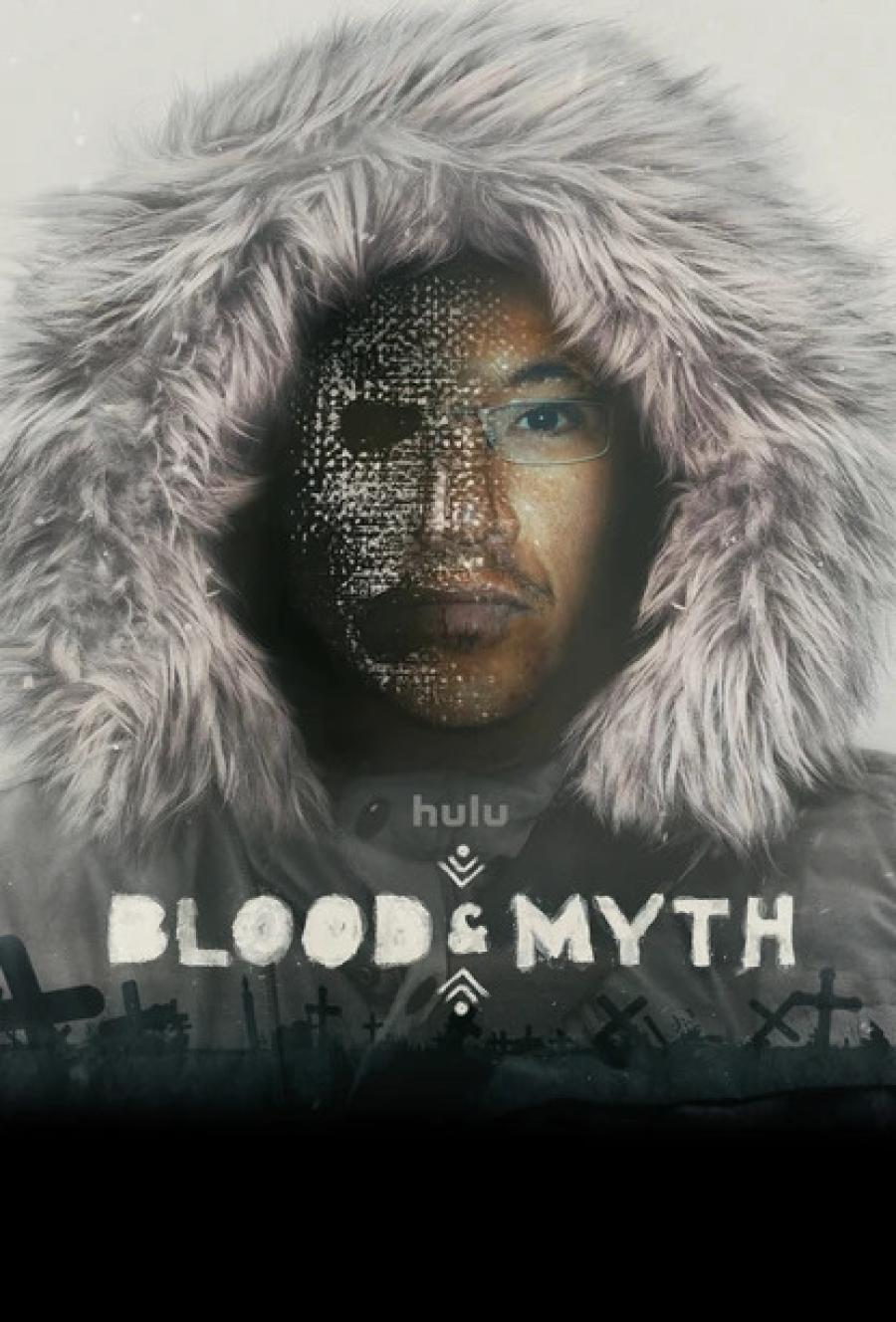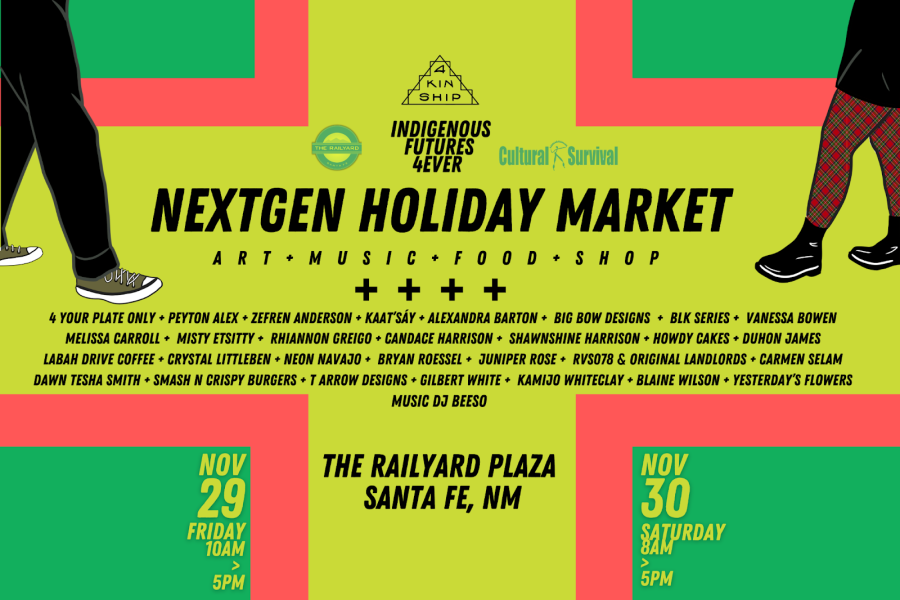The Inupiaq people of Northwest Alaska have maintained a close connection with the creatures found on land, in freshwater rivers, and at sea for thousands of years. The seasonal relationship with berry picking, seal hunting, fishing, and other subsistence ways of life kept communities nourished. Mattresses, mittens, and clothing are made from these animals. Intertribal trading of foods and other items kept Inupiaq culture healthy.
Today, though Alaska still conjures for many an image of a magnificent, undisturbed “wilderness” lush in subsistence wildlife, barriers for Indigenous Peoples like the Inupiaq exist just like food deserts in the Lower 48. It is true that Inupiaq lands are abundant, home to beaver, caribou, bearded seal, beluga whale, salmon, berries, and so much more, and it might seem as if Native people would be feasting on the freshest, most nutrient-rich foods one could imagine. In reality, Inupiaq communities now settled in villages are fighting a battle for health and survival. A major barrier to gaining access to traditional food staples is the high cost of gas—nearly $10 per gallon in most villages. As a result, for most people in this region, the main source of food has become the one convenience store or pricey market in the village. The produce the markets do stock is often spoiled from being thawed out after being in frozen airplane cargo holds.
In recent decades, diabetes, obesity, and cardiovascular diseases in the Northwest Arctic Borough are staggering issues that confront the 11 villages. The Center for Alaska Native Health Research attributes this rise to an unstable food supply, lack of physical activity, and a diet high in trans-fatty acids and nutrient-poor liquids high in sugar.
Community members say they feel frustrated by the common, romanticized vision of happy, healthy Inupiaq subsistence life. Pop culture and policymakers often project this image, but do little to make this wish a reality. With little or no support forthcoming, a group of determined community members came together in 2006 to discuss these issues. Midge Schaeffer, a longtime community advocate, breathed life into the efforts by donating 80 acres of her own land to be built into an educational facility, Camp Qalhaq, on the Noatak River. Midge recalls,“People kept coming up to me, over and over, and saying, ‘I wonder who can help us. We have this poster saying “Learn from our elders, do our subsistence,” but we’re not doing all those things. We’re losing all our ways. We’re not making mukluks.’ Finally, it dawned on me: ‘Nobody’s doing anything, so we we’ll just do it ourselves.’”
Today, Midge is president of an all-volunteer group that has solidified into an official nonprofit organization called Ilinniagvik Attautchikun (IA), Inupiaq for “learning together.” IA strives to restore traditional trading ties by preparing and distributing healthful Native food staples from 11 saltwater and freshwater villages in the Northwest Arctic Borough. Their efforts have somewhat unexpectedly become a focal point for community organizing, and people from across the 11 villages are now increasingly banding together to bring back the old ways and restore health.
IA has found an ally some 2,000 miles south, in Berkeley, California, with Seva Foundation, an international health service organization. Seva has been working to provide funds and technical assistance to build capacity of IA’s efforts.
Seva worked on the ground with IA last summer and had the chance to listen deeply to IA volunteer members. Bert Griest from the village of Selawik, in his early 60s, prides himself of having been taught to live in the wild. While meandering through his childhood experiences, he described how, “Living out in the wild was a real freedom.” He also lamented how Alaska’s admission to the union resulted in thousands of laws and created unnecessary burdens for the people who once owned and protected the land. He is also quick to point out that people with obesity and diabetes were unheard of in the old days. “When someone went into a clinic or a hospital (in the past),” he said, “it became the biggest news in town. Now everyone goes to the hospitals, and the biggest news would be if somebody doesn’t need the hospital.”
As an elder and master skinner who lived and experienced these health changes taking place in Alaska in the past half century, Bert sees IA’s commitment to revival of subsistence life as essential to the preservation of culture and key to the restoration of self-esteem among youths and combating deteriorating health issues prevalent in Alaska Native communities.
Through seemingly simple acts of providing fuel allocations for hunters and distributing the meat from the hunts to community members—especially the elderly—IA’s volunteers have in many ways sown the seeds for a self-reliant Inupiaq health movement on their own terms. Seva reported that last year, because of IA, more than 43,000 pounds of subsistence foods were distributed, involving 1,045 community members.
The perspective of health in these efforts clearly promotes all-around wellbeing: “It’s spiritual when you share seal oil, when you gather,” says Midge. “You know you are eating healthy food, and you are surrounded by your Inupiaq family and friends. Your insides are filled.”
In addition to restoring long-held traditions like hunting and distribution, IA is working in new ways to champion climate-change observation to better respond to detrimental impacts on subsistence activities, such as the thawing of the permafrost in food-storage ice cellars and the changing caribou migration routes.
“I love this program because we build on the strength of our people,” says Bert Griest. “When I delivered the ugruk (bearded seal blubber) we had hunted for IA to Selawik, everyone was real happy. People were all over the CB radio—about 20 families, one right after another—saying ‘thank you.’ When it happens that way it’s a whole community uplifting!”
IA’s cultural activities are fostering a new hunter who is aware of his surroundings through direct involvement, bridging new institutional partnerships, and even speaking before groups of people when it’s uncomfortable at first. IA’s efforts are daring to bring the old ways back and break a cycle of dependency. “We are keeping the spirit alive,” Bert says. “No one else from the outside can come in and do it. We’re the only ones.”
Bonney Hartley (Mohican), Gilberto Daniel Rodriguez (Mexica/Nahuatl), and Namgyal Tsepak (Tibetan) are program staff members at Seva Foundation. See www.seva.org/nach for more information. This article is third of a three-part series from Seva’s program, spotlighting Indigenous communities in Alaska, South Dakota, and California as they recover ancestral food systems that promote self-reliance and prevent chronic disease such as diabetes.


